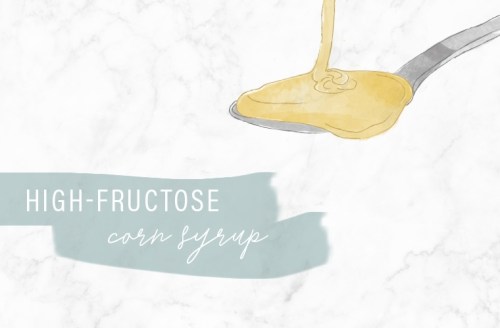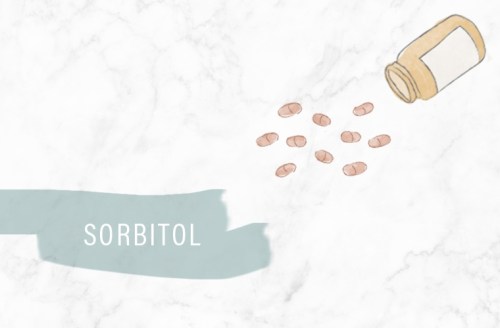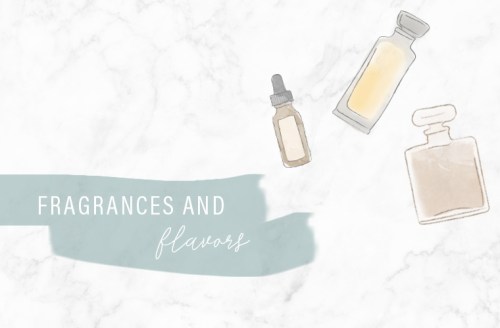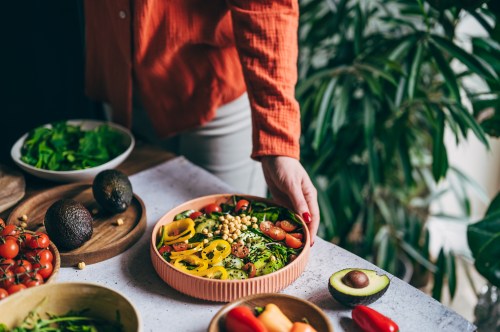5 not-so-healthy ingredients to banish from your medicine cabinet ASAP
Experts reveal some of the unhealthy ingredients commonly found in over-the-counter medications, from parabens to high-fructose corn syrup.

Given all the sneaky sugar in packaged foods and toxic chemicals in mainstream beauty products, ingredient labels have practically become required reading. So why doesn’t that eagle eye extend to headache pills and cold meds?
They’re intended to help you heal, but it turns out many over-the-counter drugs are actually laden with sketchy ingredients that aren’t doing any favors for your long-term wellbeing. According to Max Spielberg, co-founder of certified organic and non-GMO medicine brand Genexa, active ingredients like acetaminophen or ibuprofen only comprise part of a dose. The rest—and, usually, the majority of the formulation—is made up of inactive ingredients, like binders, fillers, and preservatives.
“The biggest danger is that most of the inactive ingredients have never been rigorously studied for safety.”
Why are these an issue? “The biggest danger is that most of the inactive ingredients have never been rigorously studied for safety. We don’t know the effects they have on people,” Spielberg explains. Sari Eitches, MD, internist and integrative physician at Los Angeles’ Akasha Center for Integrative Medicine, agrees: “There are no health benefits—[while there are] possible health risks—associated with their consumption.”
So next time you reach into your medicine cabinet, take a close look at what’s on the bottles. A surprisingly large number of them—from allergy pills to pain relievers and sleep aids—contain certain ingredients that experts agree are best avoided.
Scroll down for 5 potentially harmful additives to banish from your medicine cabinet.

High-fructose corn syrup
High-fructose corn syrup may be on both the food and beverage blacklists, but the sweetener still appears in medications. “[It’s] found in a lot of cough syrups,” says Spielberg. Not only is this highly processed sugar often made from GMO crops (more on that in a minute), but it’s also been linked to obesity, diabetes, and cancer.
Sure, sipping a few ounces of cough syrup when you’re sick isn’t going to harm you as much as chugging soda on the daily. But when alternatives exist—like sore throat remedies sweetened instead with honey, a clinically proven respiratory soother—why not opt for the healthier choice?

Genetically modified ingredients
Dairy, corn, and soy byproducts are ultra-common pharmaceutical fillers—and in the majority of cases, they haven’t received the non-GMO stamp of approval.
Why does it matter? Well, GMOs may be worth avoiding in medications for the same reasons some shy away from them in food: They’re grown to withstand high doses of pesticides and haven’t been around long enough for scientists to assess their long-term health impact.
“We may not know the full effects of consuming GMO crops for many years, or even decades,” says Dr. Eitches. “Whenever there’s an option, I always recommend organic over GMO ingredients.”

Sorbitol
This additive is a multitasker in the weirdest sense of the word. It’s a type of sugar alcohol that’s not only an active ingredient in some laxatives, but also used as a plasticizer in drug capsules. Other times, its presences as an excipient in non-prescription drugs—like certain antacids and cough syrups—appears entirely unnecessary.
“This one is mind-boggling to me,” says Spielberg of its appearance in OTC meds. “It’s an inactive [filler], but it’s also a drug itself.” And even when it’s not a medicine’s main component, toxic add-ins like sorbitol can still cause side effects.
“Because sorbitol is usually derived from high-caloric corn syrup, it’s difficult to be digested by many people, causing bloating, flatulence, and diarrhea,” says Edison de Mello, MD, PhD, integrative physician and founder/medical director of the Akasha Center and ActivatedYou. “People with underlying bowel conditions, such as IBS or colitis, are especially likely to be sensitive to sorbitol.” Not ideal when you’re already not feeling so hot, right?

Fragrances and flavors
You know to avoid anything with sci-fi sounding dyes, but “natural” fragrances and flavors are okay, right?
According to Carolyn Harrington, founder of natural remedies brand Maty’s Healthy Products, that’s not exactly the case. “A flavoring is made from 20–50 ingredients, so the government allows [companies] to list them as ‘natural flavors’,” she explains. “When you see that phrase, you have no clue what it actually is.” That goes for fragrances, too.
Since there’s currently no FDA regulation around the term “natural,” brands can get away with using it even if some components of the fragrance or flavoring aren’t. “There’s no way for you to know what you’re consuming—in fact, the information of what natural flavor or fragrances really contain is considered proprietary by most food industry companies,” says Dr. de Mello. “That makes it virtually impossible to track the real impact of these chemicals, natural or not, to our health.”
The best way to avoid these man-made enhancers, says Harrington, is to ensure the fragrance or flavor in question is actually on the ingredient list.

Parabens
The beauty aisle isn’t the only place you need to be vigilant about these nasty preservatives. “Parabens are another thing you’ll commonly find in ingestible, over-the-counter medications,” says Spielberg. “There are a lot of different kinds that companies use, and they can potentially be very harmful to people.”
Take propyl paraben, for instance: You’ll find it on all kinds of pharmaceutical labels, despite the fact that it’s been linked to hormone disruption and banned from foods in the European Union.
The solution? Again, it all comes back to label reading. “As a society, we need to be more involved and look at what’s in our medicine,” Spielberg says. And if all else fails, just put down the bottle and get a good night’s sleep.
The best defense against cold and flu season is…well, not getting sick in the first place. Here’s what a nutritionist eats at the first sign of illness, plus more foods that act as immune boosting powerhouses.
Sign Up for Our Daily Newsletter
Get all the latest in wellness, trends, food, fitness, beauty, and more delivered right to your inbox.
Got it, you've been added to our email list.










